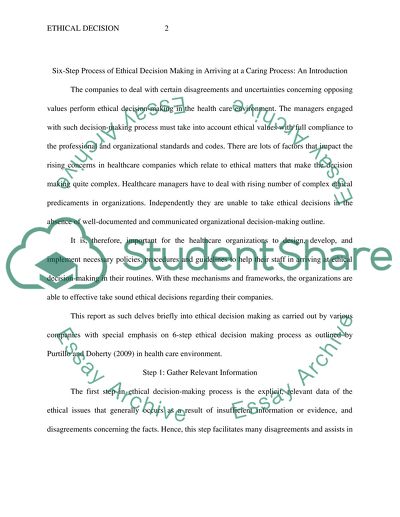Cite this document
(“Six-Step Process of Ethical Decision Making in Arriving at a Caring Research Paper”, n.d.)
Retrieved de https://studentshare.org/nursing/1399418-six-step-process-of-ethical-decision-making-in
Retrieved de https://studentshare.org/nursing/1399418-six-step-process-of-ethical-decision-making-in
(Six-Step Process of Ethical Decision Making in Arriving at a Caring Research Paper)
https://studentshare.org/nursing/1399418-six-step-process-of-ethical-decision-making-in.
https://studentshare.org/nursing/1399418-six-step-process-of-ethical-decision-making-in.
“Six-Step Process of Ethical Decision Making in Arriving at a Caring Research Paper”, n.d. https://studentshare.org/nursing/1399418-six-step-process-of-ethical-decision-making-in.


